Album cover by the composer, Photo of Downtown Savannah, GA- Edited using Glitcho (app)
Coming soon to Patreon Tracks:
1) Vaporwave Sound Study 16 0:00-3:32
2) Vaporwave Sound Study 17 3:33-8:22
3) Vaporwave Sound Study 18 8:23-43:45
4) Vaporwave Sound Study 19 43:44-51:34
5) Vaporwave Sound Study 20 51:35-1:00:33
Music created using the following effects and applications:
Lexis Audio Editor
Reaktor 6 Player (Native Instruments)
Kontakt 7 (Native Instruments)
Synthesizer
Audio Recorder
CD-ROMantic (for "Vaporwave Effect")
SLIDERS Generative Sequencer
Video edited using YouCut:https://youcutapp.page.link/BestEditor
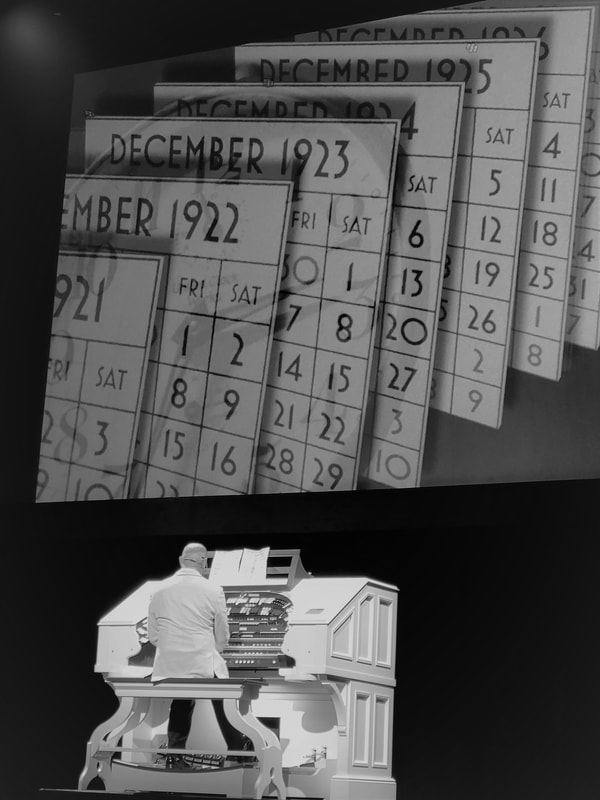
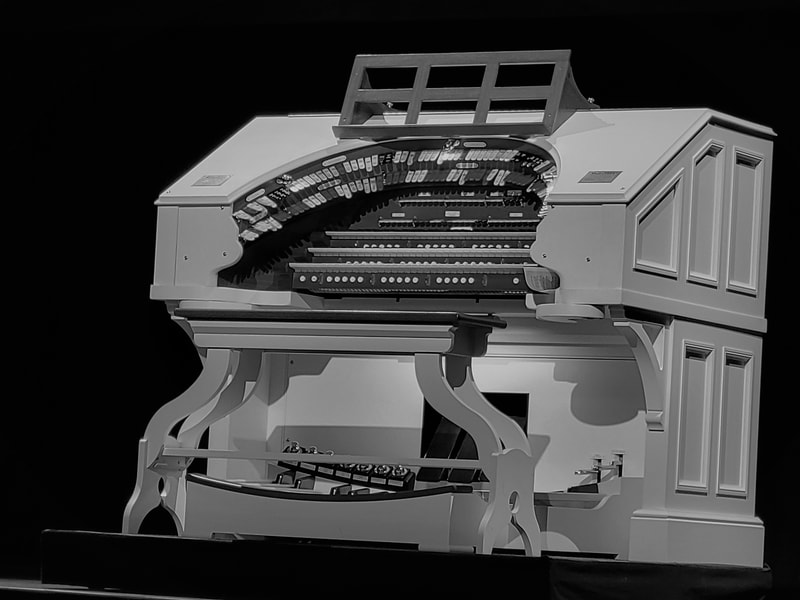
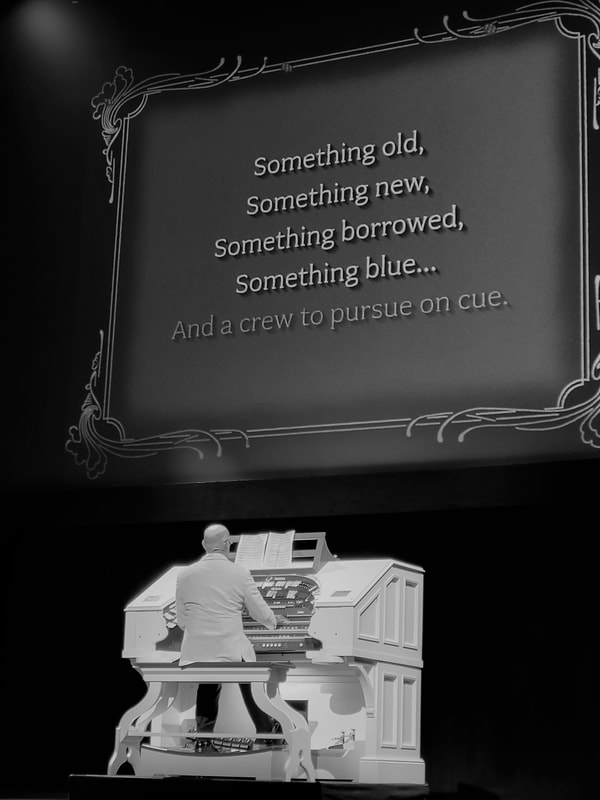
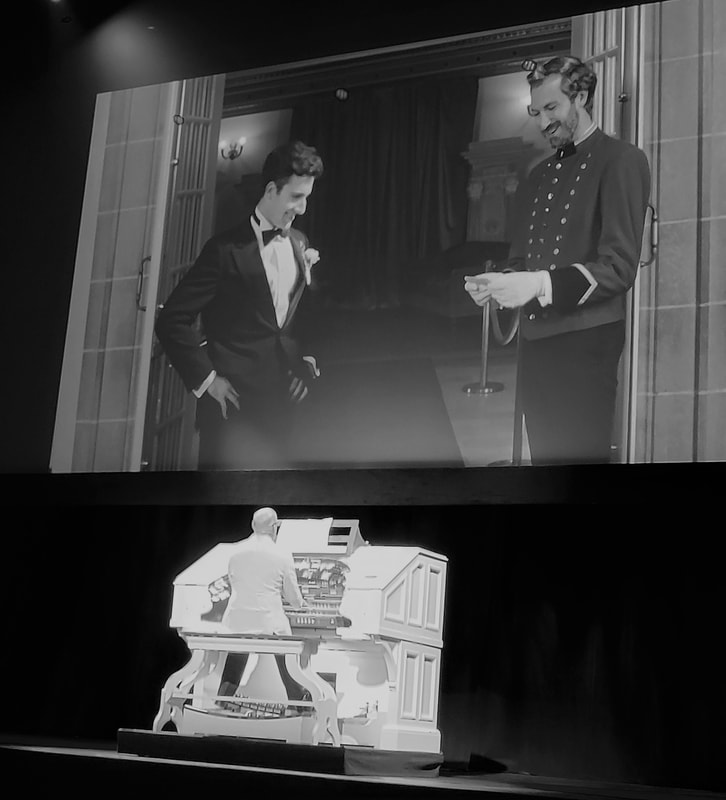
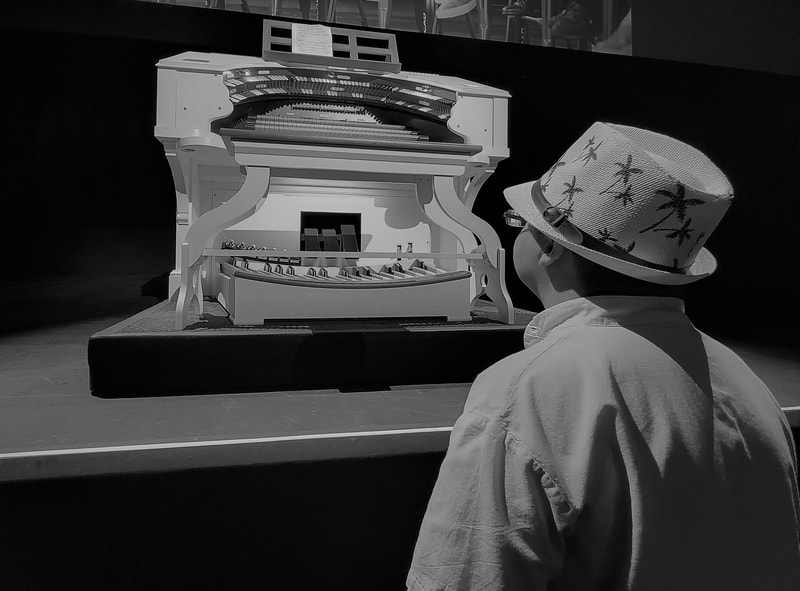

 RSS Feed
RSS Feed
